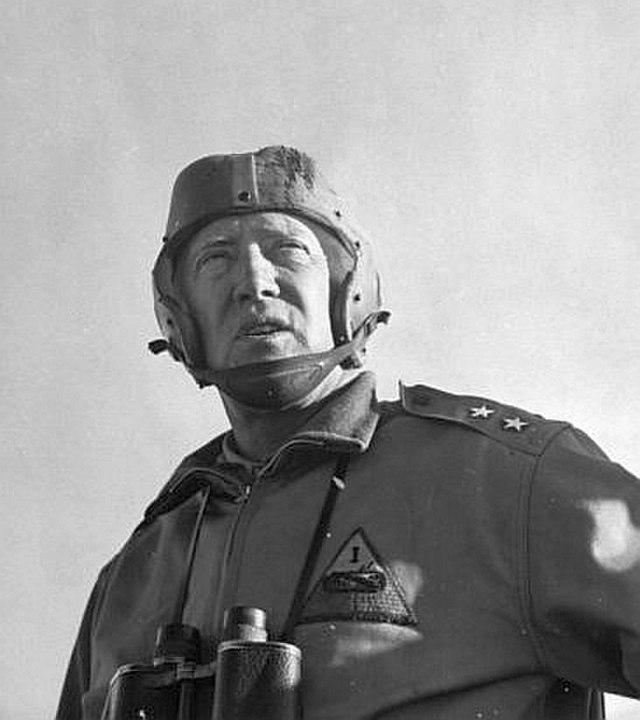The Ghost Army
The Allies' ploy to mislead the Nazis in France

General George S. Patton in a vintage photo - Wikicommons
In 1943, Hitler's war plans changed completely. Up until that point, he had been waging a war of conquest, but following the Allied landing in Sicily and the heavy losses suffered in the USSR, he was forced to focus on defending the European territories he had occupied. To achieve this and prevent the opening of a new front in the West, he ordered the reinforcement of coastal defenses—not only in France—by constructing bunkers and outposts in locations where an Anglo-American attack might occur.
That same year, the Allied forces were actively planning what would become known as the Normandy landings. However, the closest point for an Allied invasion of German-occupied France was not the Normandy coast but rather the city of Calais. On clear days, the British coastline is even visible from Calais, making it practically attached to the enemies of the Reich. The Allies also recognized that this was the most obvious location for an invasion—making it the wrong place to strike. In response to Hitler, who had entrusted the defense of France to one of his most capable generals, Erwin Rommel, the Allies devised a deception plan worthy of a Hollywood production.
One participant in this grand deception described it as "a traveling roadshow." The objective was to make the Germans believe that the actual invasion would take place in Calais rather than Normandy. To execute this plan, the Allies staged an elaborate illusion of a massive army being assembled, placing it under the command of General George S. Patton—one of the most feared military leaders by the Nazis, known for his strategic brilliance and ruthless effectiveness in battle. Engineers, set designers, and actors worked together to create the illusion of a military buildup on the shores of Dover. Loudspeakers broadcast sounds of aircraft, tanks, and artillery operations, while inflatable tanks, fake planes, and oil slicks were strategically placed to simulate recent military maneuvers.
This grand deception, the largest diversion operation of the war, successfully misled Hitler for a significant period, ultimately ensuring the success of the famous D-Day landings in June 1944.
Domenico Vecchioni, Lo sbarco in Normandia D-DAY Il giorno più lungo, Diarkos, 2023
2025-07-15
Salvatore Ciccarello
